Government Initiatives and Incentives
Government initiatives aimed at promoting clean energy and reducing carbon emissions are significantly influencing the Turbo Generator Market. Various countries are implementing policies that encourage the adoption of advanced power generation technologies, including turbo generators. These initiatives often include financial incentives, tax breaks, and grants for companies investing in cleaner energy solutions. As a result, the Turbo Generator Market is likely to benefit from increased investments in infrastructure and technology upgrades. The alignment of governmental policies with market needs suggests a robust growth trajectory for turbo generators in the coming years.
Expansion of Power Generation Capacity
The Turbo Generator Market is witnessing a significant expansion in power generation capacity across various sectors. With the rising global energy demand, there is a pressing need for additional power generation facilities. Turbo generators, known for their ability to produce large amounts of electricity efficiently, are being deployed in new power plants and retrofitted into existing ones. Recent statistics indicate that the global installed capacity of turbo generators is projected to grow by approximately 5% annually over the next five years. This expansion is driven by both traditional fossil fuel-based plants and renewable energy sources, thereby enhancing the overall capacity of the Turbo Generator Market.
Increasing Demand for Energy Efficiency
The Turbo Generator Market is experiencing a notable surge in demand for energy-efficient solutions. As industries and utilities strive to reduce operational costs and minimize environmental impact, turbo generators are increasingly favored for their high efficiency and reliability. According to recent data, the efficiency of modern turbo generators can exceed 90%, making them a preferred choice for power generation. This trend is further fueled by regulatory frameworks that incentivize energy efficiency, compelling organizations to invest in advanced technologies. Consequently, the Turbo Generator Market is poised for growth as more entities recognize the long-term benefits of adopting energy-efficient systems.
Technological Innovations in Turbo Generators
Technological innovations are playing a crucial role in shaping the Turbo Generator Market. Advances in materials science, control systems, and design methodologies are leading to the development of more efficient and reliable turbo generators. For instance, the integration of digital monitoring systems allows for real-time performance analysis, enhancing operational efficiency. Furthermore, innovations in turbine design are enabling higher output with reduced emissions. As these technologies continue to evolve, they are expected to drive the Turbo Generator Market forward, attracting investments and fostering competition among manufacturers.
Rising Adoption of Combined Heat and Power Systems
The Turbo Generator Market is benefiting from the rising adoption of combined heat and power (CHP) systems. These systems, which simultaneously generate electricity and useful heat, are gaining traction in various sectors, including industrial and commercial applications. Turbo generators are integral to CHP systems due to their efficiency and ability to operate at high capacities. Recent analyses suggest that the market for CHP systems is expected to grow at a compound annual growth rate of over 6% in the next few years. This trend indicates a promising outlook for the Turbo Generator Market as more organizations seek to optimize energy use and reduce waste.


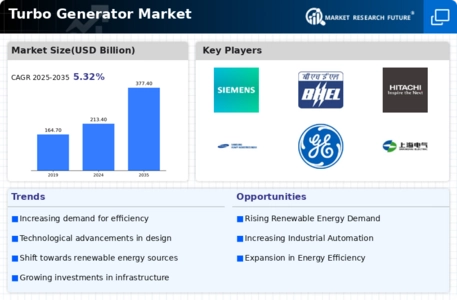
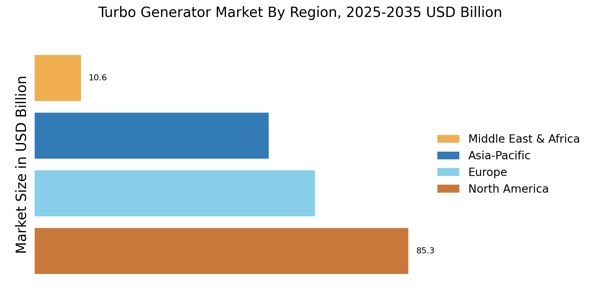
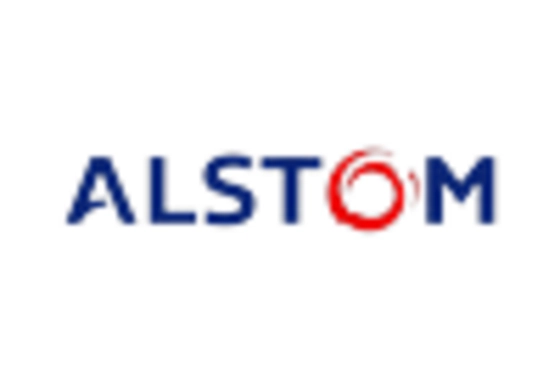
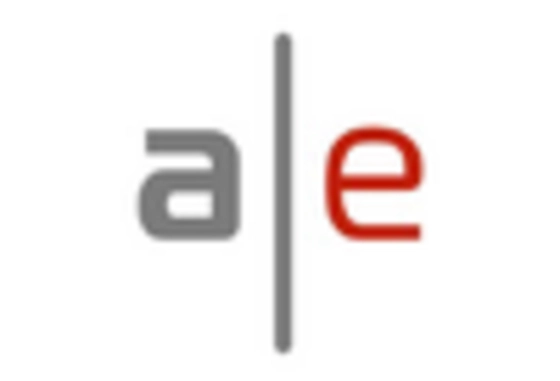

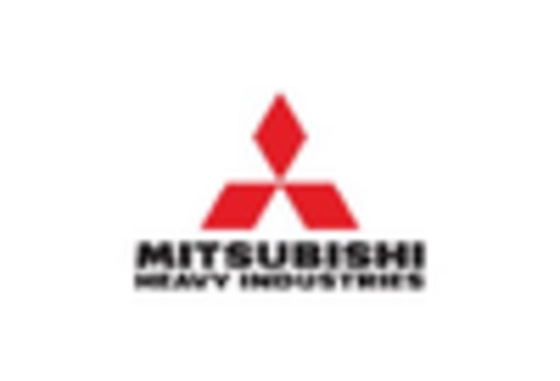

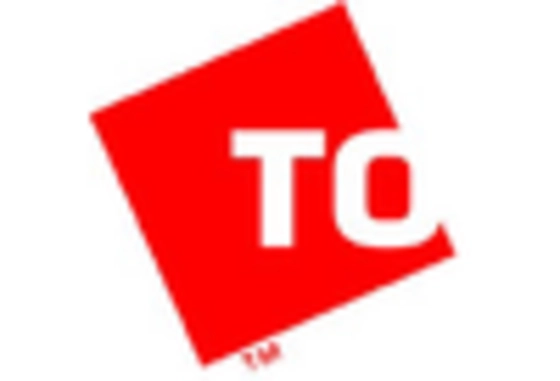








Leave a Comment